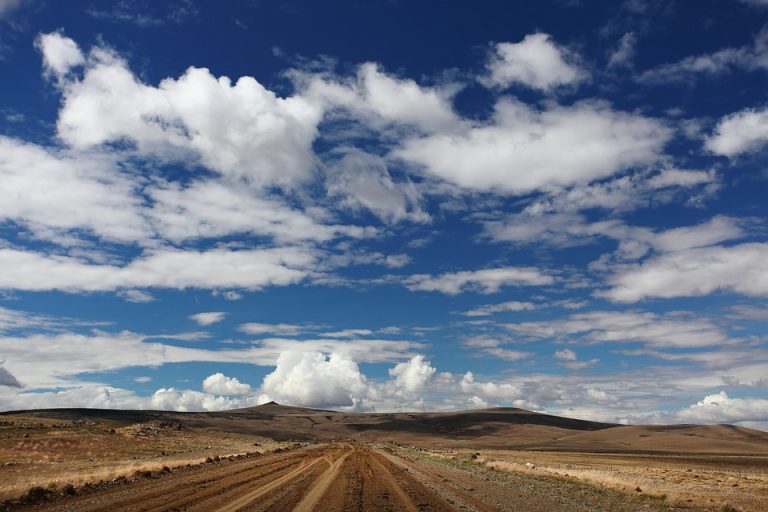The best times to visit Iceland for Northern Lights magic are when the stars align, and the skies put on a show that will leave you breathless. Imagine standing under a blanket of shimmering colors, the ethereal glow dancing above you. It’s not just a sight; it’s an experience that can change your life.
The Northern Lights, or Aurora Borealis, are a natural phenomenon that captivates the hearts of travelers. This spectacle occurs when charged particles from the sun collide with Earth’s atmosphere, creating a stunning display of light. But timing is everything. Knowing when to go can make all the difference. Let’s explore the seven best times to make this magical journey to Iceland.
Contents
- Why Visit Iceland for the Northern Lights
- 1. Late September to Early October
- 2. Mid-October to Mid-November
- 3. Late November to Early December
- 4. Mid-December to Early January
- 5. Late January to Early February
- 6. Mid-February to Early March
- 7. Late March to Early April
- Tips for a Successful Northern Lights Experience
- Bottom Line
- FAQs
Why Visit Iceland for the Northern Lights
Iceland is one of the prime locations for viewing the Northern Lights due to its geographical position and low light pollution. You’re not just visiting a country; you’re immersing yourself in a world where nature’s beauty takes center stage. The crisp air, the haunting silence of the snowy landscapes, and the thrill of witnessing the lights transform the night sky will wrap around you like a warm embrace.
1. Late September to Early October
As the summer fades, the nights begin to stretch. This transition is your first window of opportunity. Late September to early October offers a unique charm—milder temperatures and fewer crowds.
- Why It Works: The autumn equinox occurs around September 22, leading to increased solar activity. The nights are dark yet not freezing, making it perfect for aurora hunting.
- Activities: Explore the Golden Circle, soak in the Blue Lagoon, or hike in Þingvellir National Park while you wait for the lights to appear.
2. Mid-October to Mid-November
This is when the magic truly begins to unfold. Mid-October to mid-November sees longer nights, which means more chances to catch the lights.
- Peak Viewing: The skies are dark, and the weather is often clear. This is prime time for aurora borealis activity.
- Cultural Events: Experience Iceland’s culture during the Iceland Airwaves music festival or visit the Reykjavik Art Festival.
3. Late November to Early December
November is often overlooked, but it’s one of the best times to visit Iceland for Northern Lights magic. Late November to early December is perfect for serenity seekers.
- Why It’s Special: The landscapes are stunning, with snow beginning to cover the ground. The lights reflect beautifully on the snow.
- Winter Sports: Engage in winter activities like snowmobiling or ice caving while waiting for the auroras to grace the sky.
4. Mid-December to Early January
Ah, the holiday season! Mid-December to early January brings a festive spirit to Iceland, along with prime Northern Lights viewing.
- Winter Solstice: Around December 21, the longest night of the year, offers the darkest skies for aurora sightings.
- Festive Cheer: Experience the unique Icelandic Christmas traditions and markets while enjoying the magical atmosphere.
5. Late January to Early February
As the days slowly lengthen, late January to early February is a golden opportunity. The cold weather may deter some, but for aurora chasers, this is prime time.
- High Activity: Solar activity increases during this period, leading to more vibrant displays.
- Stunning Landscapes: The scenery is breathtaking with ice sculptures and frosty landscapes.
6. Mid-February to Early March
This is another enchanting time to witness the auroras. Mid-February to early March offers a combination of long nights and beautiful landscapes.
- Milder Weather: The temperatures begin to warm slightly, making your nighttime adventures more comfortable.
- Chasing the Lights: Join guided tours that specialize in finding the best spots for viewing the Northern Lights.
7. Late March to Early April
As spring approaches, the nights are still dark, but you start to feel the warmth of the sun. Late March to early April is a wonderful time to experience the Northern Lights alongside the budding beauty of Icelandic nature.
- Unique Phenomenon: You might even catch the lights while enjoying the first signs of spring!
- Daylight Activities: Explore the beautiful sights of Iceland during the day, from waterfalls to geothermal springs.
Tips for a Successful Northern Lights Experience
To make the most of your trip, here are some practical tips:
- Check the Aurora Forecast: Websites like the Icelandic Meteorological Office provide real-time aurora forecasts.
- Dress Warmly: Layer up! You’ll be outside for extended periods, so comfort is key.
- Choose Your Location Wisely: Stay away from city lights. Head to remote areas where the sky is clear.
- Stay Patient: Sometimes, the lights are shy. Be prepared to wait, and enjoy the beauty around you while you do.
Bottom Line
The best times to visit Iceland for Northern Lights magic span from late September to early April. Each period offers something unique, from cultural festivities to stunning landscapes. Your adventure awaits! Embrace the chill, bundle up, and prepare for a life-changing experience under the dance of the auroras.
So, are you ready to embark on this magical journey? Explore, dream, and let the Northern Lights guide your way.
FAQs
1. Can I see the Northern Lights in summer?
No, summer nights are too bright in Iceland, making aurora viewing impossible.
2. What is the best way to photograph the Northern Lights?
Use a tripod, set your camera on a long exposure, and adjust the ISO settings for the best results.
3. Is it safe to travel to Iceland during winter?
Yes, as long as you prepare properly for winter conditions and follow local advice.
Let the magic of the Northern Lights take your breath away!








